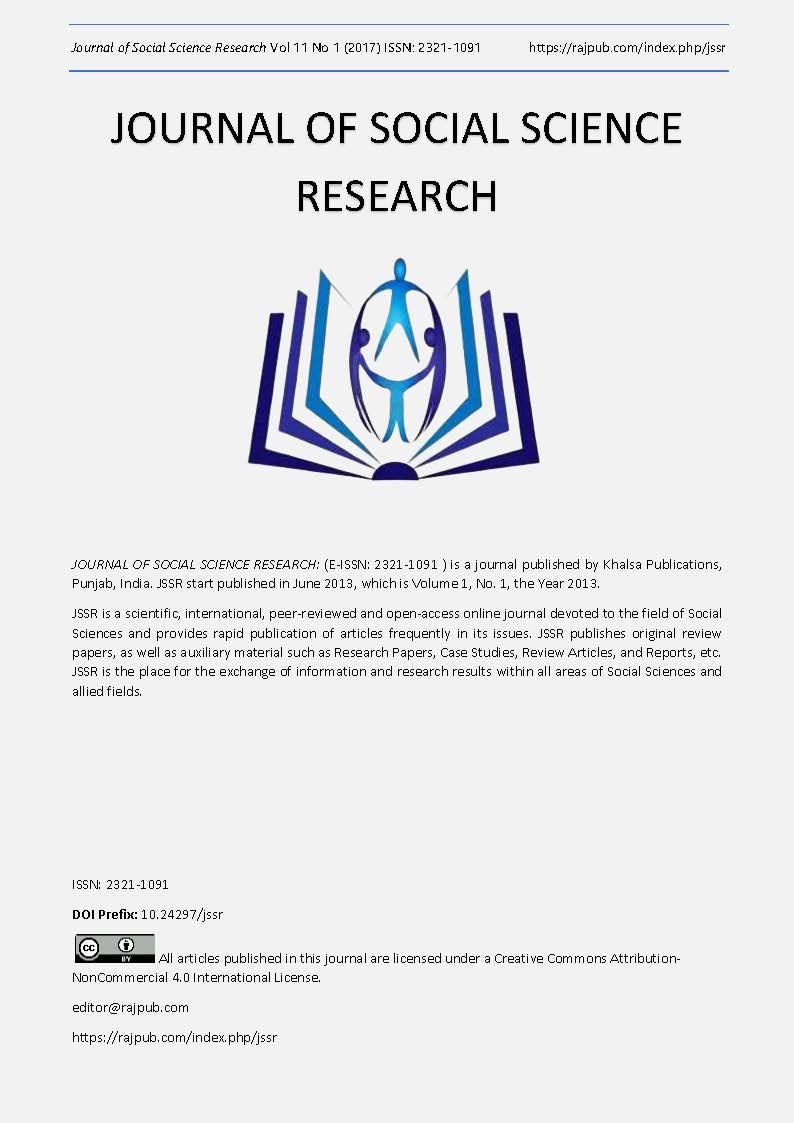Gender issues regarding low income families in Multan: An analysis through Entity Relation diagram and its precedence representation by Hierarchy Chart.
DOI:
https://doi.org/10.24297/jssr.v11i1.6035Keywords:
Gender Issues, Low income, Analysis, ERD (Entity Relation Diagram), Hierarchy ChartAbstract
The study is done to analyze the family gender issues in such families which are low income. Rigid cultural patterns have major effects on the lives of the women. Due to these cultural patterns women are considered inferior in families and society. So it is very clear that now due to such cultural patterns and customs women are stuck of in different type of gender issues. Women from low income family status have to face many restrictions and constraint during their life span. They are less empowered, not have decision making power in home. They are also to face the mobility issue due to security and due to her modesty even she has no right regarding her property, access in health facilities, fear of violence and not allowed to participate in the economic activities. All these issues and their relationship in this article is seen by using some common entities in these issues and there relevance along with this after understanding the relevance a hierarchy of these issues is developed by their dependence on each other
Downloads
References
[2] Sathar, Z. A., & Kazi, S. (1997). Women's autonomy, livelihood and fertility: a study of rural Punjab. Women's autonomy, livelihood and fertility: a study of rural Punjab.
[3] Mahmood, S.(2015). Gender Issues in low income families:A case study of Multan. Department of Gender Studies, BZU Multan.
[4] The Beijing Platform for Action, 2000.
[5] Habib, Basit , Akhter, Javaid. (2014). Computational Representative Techniques of Software Engineering for Social Scinece , Pakistan Journal of Social Sciences, 34(1), 111-120.
Downloads
Published
How to Cite
Issue
Section
License
 All articles published in Journal of Advances in Linguistics are licensed under a Creative Commons Attribution 4.0 International License.
All articles published in Journal of Advances in Linguistics are licensed under a Creative Commons Attribution 4.0 International License.




